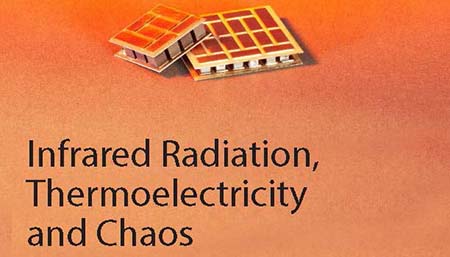Start Date
17-6-2015 9:15 AM
End Date
17-6-2015 10:00 AM
Description
Conservation Laws, Symmetry Breaking and Control of the Heat Current
Dr. Giulio Casati
Insubria University, Center for Nonlinear and Complex Systems, Department of Physics and Mathematics
The understanding of the underlying dynamical mechanisms which determines the macroscopic laws of heat conduction is a long standing task of non-equilibrium statistical mechanics. A better understanding of such mechanism may also lead to potentially interesting applications based on the possibility to control the heat flow. Indeed, a model of thermal rectifier has been recently proposed in which heat can flow preferentially in one direction. The proposed rectifying mechanism is of very general nature and theoretical and experimental work is currently undergoing. We then discuss a new approach, which is rooted in nonlinear dynamical systems, for increasing the efficiency of thermoelectric machines. The main focus will be on the physical mechanisms, unveiled by these dynamical models, which lead to high
Conservation Laws, Symmetry Breaking and Control of the Heat Current
Conservation Laws, Symmetry Breaking and Control of the Heat Current
Dr. Giulio Casati
Insubria University, Center for Nonlinear and Complex Systems, Department of Physics and Mathematics
The understanding of the underlying dynamical mechanisms which determines the macroscopic laws of heat conduction is a long standing task of non-equilibrium statistical mechanics. A better understanding of such mechanism may also lead to potentially interesting applications based on the possibility to control the heat flow. Indeed, a model of thermal rectifier has been recently proposed in which heat can flow preferentially in one direction. The proposed rectifying mechanism is of very general nature and theoretical and experimental work is currently undergoing. We then discuss a new approach, which is rooted in nonlinear dynamical systems, for increasing the efficiency of thermoelectric machines. The main focus will be on the physical mechanisms, unveiled by these dynamical models, which lead to high



